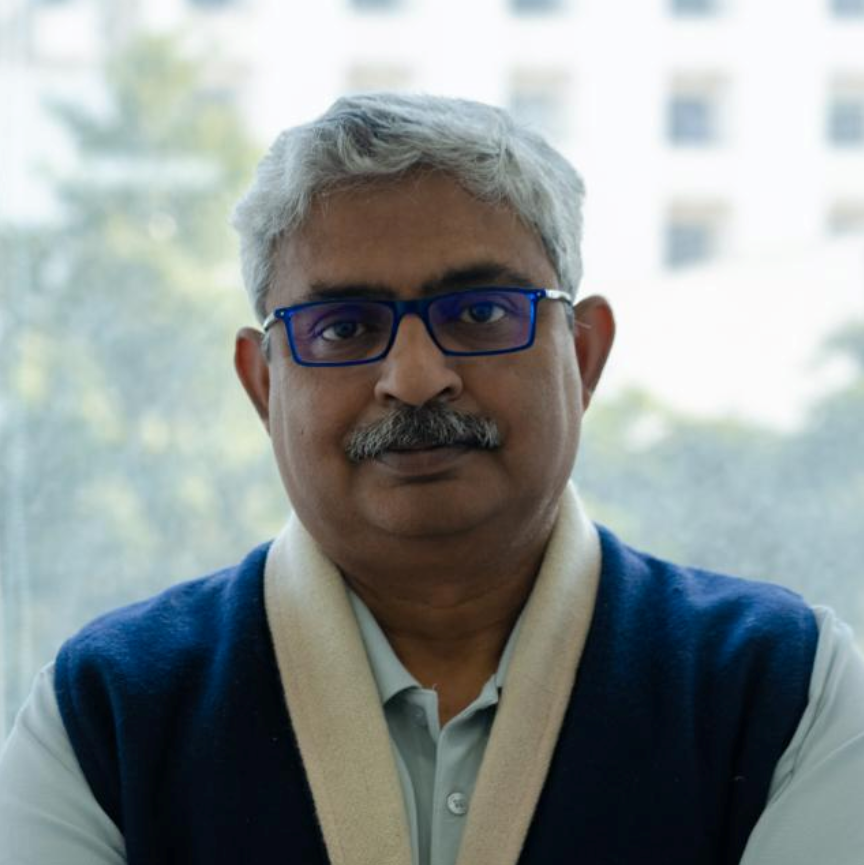Inside BENEO’s new pulse plant: pioneering sustainable protein from faba beans
AP Sinha – Director, Farlense Group
India stands at a nutritional crossroads. The country has made remarkable strides in improving food availability, thanks to decades of economic growth and robust public welfare programs. Yet malnutrition — both in the form of undernutrition and rising obesity — is taking a serious toll. The challenge today is not just feeding people, but nourishing them.
A Legacy of Reform, A Future at Risk
India’s nutritional journey began with the Green and White Revolutions, which dramatically improved the availability of cereals and dairy. These staples became the backbone of Indian diets and public food policies. With the National Food Security Act (2013) and subsequent programs like PMGKAY during COVID-19, food access further improved for millions. Daily calorie and protein consumption have risen modestly, and severe hunger has declined.
However, while India has successfully fought hunger at scale, it hasn’t won the battle for nutrition. The 2024 Global Hunger Index ranks India 105th out of 127 nations, and FAO data shows 13.7 per cent of the population remains undernourished. At the same time, overweight and obesity are surging, driven by changing lifestyles and rising intake of processed foods.
The New Indian Diet: What’s on the Plate?
India’s food consumption patterns have changed dramatically over the past decade. Traditional cereals now make up a smaller portion of the diet — down from 66 per cent to 59 per cent of total energy. Spending on milk, eggs, fruits, and meat has grown significantly, reflecting greater dietary diversity.
However, this shift comes with a warning. Processed foods and sugary beverages now account for over 24 per cent of food expenditures, a 36 per cent jump since 2011. These items are often calorie-dense but nutrient-poor, contributing to the rising burden of non-communicable diseases like diabetes and hypertension.
Religious and cultural factors continue to influence what people eat. A significant share of the population remains vegetarian, especially in states like Gujarat and Rajasthan. For them, dairy, pulses, and vegetables are essential protein and micronutrient sources. Yet even among non-vegetarians, affordability often limits access to eggs and meat.
A Tale of Two Crises
India now faces a paradoxical “double burden” of malnutrition: persistent undernutrition alongside growing overnutrition. On one hand, NFHS-5 data shows high levels of child stunting, wasting, and underweight. Anemia affects a staggering proportion of women and children, undermining maternal health and child development.
On the other hand, obesity is rising across income groups. Between 2015 and 2021, the share of overweight adults rose sharply. Today, nearly one in four Indian adults is overweight or obese, with higher prevalence in urban areas.
This nutritional paradox is fueled by unbalanced diets. Rural India, for instance, gets 70.7 per cent of its calories from carbohydrates — mostly rice and wheat — compared to 59.5 per cent in urban India while the WHO recommends keeping carbs at 45–65 per cent of daily energy. Protein intake remains low across the board, contributing just 12 per cent of energy intake on average.
Fruit and vegetable consumption is another area of concern. The WHO recommends 400g per day, yet the average Indian eats far less — just 126g in rural areas and 144g in urban settings. This deficiency worsens micronutrient gaps and weakens immunity, especially in children and the elderly.
Systemic Barriers: Why Nutrition Lags Behind
The problem isn’t just consumer behavior — it’s systemic. India’s agricultural policies still prioritize rice and wheat over more nutritious crops like pulses, fruits, and vegetables. Price supports, procurement systems, and infrastructure are skewed toward calorie-rich staples. Farmers face little incentive to diversify.
Post-harvest losses due to weak cold chains and poor logistics further limit access to perishables, especially in rural and tribal regions. Even when demand exists, supply chains don’t deliver.
Rising food prices have also made protein-rich foods less affordable for many. Eggs, meat, and dairy now account for a significant share of food costs in urban households, while poorer rural families continue to rely heavily on grains and sugar for energy.
Building a Nutrition-Secure India: The Way Forward
To shift from food security to true nutritional security, India must rethink its food systems with a focus on diversity and accessibility. Agricultural policy needs to move beyond staples like rice and wheat, promoting the cultivation of pulses, fruits, vegetables, and protein-rich crops through targeted incentives. These efforts must be backed by better post-harvest infrastructure — especially cold storage and transport — to reduce spoilage and ensure nutrient-dense foods reach all corners of the country.
The Public Distribution System should evolve to offer more than just cereals, incorporating pulses, fortified foods, and healthy fats to improve diet quality for low-income households. Conditional cash transfers or digital food coupons can give families more choice in accessing nutritious options.
Maternal and child nutrition programs, particularly ICDS and school meals, must focus on the first 1,000 days of life and include protein- and micronutrient-rich foods. At the same time, the growing food processing industry should be leveraged to create affordable, fortified products without increasing dependence on unhealthy processed snacks.
Consumer education will be key in driving change. Awareness campaigns, transparent food labeling, and school-based initiatives can encourage healthier eating habits. Finally, the use of digital tools and real-time data can improve decision-making, reduce waste, and help design more responsive nutrition policies.
India has made impressive gains in ensuring people have food on their plates. The next challenge is to make that food nourishing, balanced, and equitable. By aligning policies across agriculture, health, and social protection, India can transform its food system into one that not only feeds, but truly nourishes its people.

